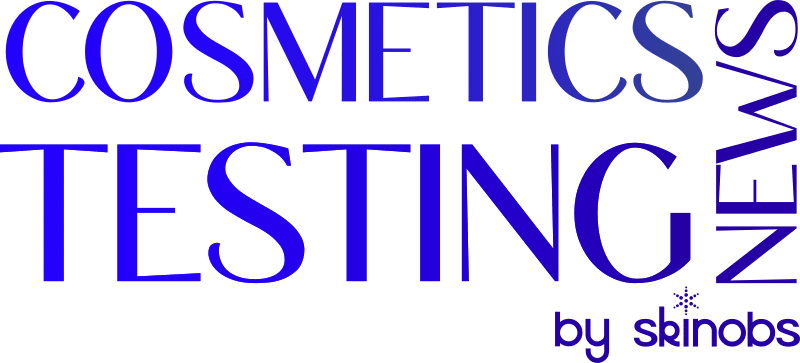Cosmetic Efficacy Testing: From Concept to Consumer Trust
Efficacy testing has become one of the most decisive factors in the success of cosmetic innovations. It bridges the gap between scientific formulation, regulatory compliance, and consumer perception. Beyond a marketing argument, it is the scientific foundation that validates a product’s promises.
As the cosmetic industry grows more competitive, brands must rely on objective, reproducible, and standardized data to demonstrate product performance. From moisturization and anti-aging to soothing or brightening effects, each claim must be backed by evidence that convinces both professionals and end-users.
Why Efficacy Testing Matters
Efficacy testing ensures that a cosmetic product delivers its intended benefits under normal conditions of use. It helps laboratories and R&D teams quantify improvements in skin hydration, elasticity, tone, or smoothness through measurable indicators.
For marketing teams, these results become credible claims that reinforce brand trust. For regulatory specialists, they serve as mandatory proof of compliance with guidelines such as the EU Regulation 655/2013 on cosmetic claims.
Preclinical and Clinical Approaches
Before reaching the market, a cosmetic product undergoes a dual evaluation process: preclinical and clinical.
Preclinical tests (in vitro, ex vivo, or on reconstructed skin models) assess biological activity—such as collagen synthesis, antioxidant capacity, or skin barrier reinforcement—without involving human volunteers. These assays help predict potential efficacy while ensuring safety and reducing development costs.
Clinical studies, performed on human volunteers under dermatological control, objectively measure efficacy parameters using advanced biometrological tools such as corneometers, cutometers, or colorimeters. Complementary consumer perception studies enrich these quantitative results with sensory and emotional insights.
For brands or R&D teams seeking a reliable partner for both preclinical and clinical evaluation, Skinobs provides a unique platform to connect with vetted laboratories worldwide. From selecting the right protocol to accessing advanced measurement technologies, Skinobs ensures that every efficacy claim is supported by robust scientific evidence.
Claim Substantiation and Regulatory Context
Claim substantiation is not optional—it is a legal requirement and a key to credibility. According to the European regulation, claims like “reduces wrinkles”, “improves hydration” or “strengthens the skin barrier” must be supported by robust data.
A well-structured testing strategy combines preclinical screening, clinical validation, and statistical analysis. This integrated approach provides evidence that satisfies both regulatory expectations and market communication.
By leveraging Skinobs, brands gain access to standardized testing protocols and expert guidance, making claim substantiation a seamless, credible part of product development.
From Testing to Market Success
Scientific validation doesn’t stop at laboratory data. It translates into stronger storytelling, consumer engagement, and confidence in brand promises. Testing also accelerates international expansion, since validated claims often facilitate approval in other markets (e.g., Asia, Middle East, U.S.).
Visit Skinobs to explore a global network of testing laboratories and discover how your brand can efficiently validate cosmetic efficacy while saving time and resources.
The Future of Efficacy Evaluation
Emerging technologies are transforming the field:
- AI-driven image analysis improves data accuracy and speed.
- 3D skin imaging and neurosensory studies bring deeper insights into perception and emotion.
- Big data and machine learning integrate biological and consumer data for predictive efficacy models.
As efficacy testing becomes more digital, it will continue to serve as the scientific backbone of innovation, credibility, and trust in cosmetics.





